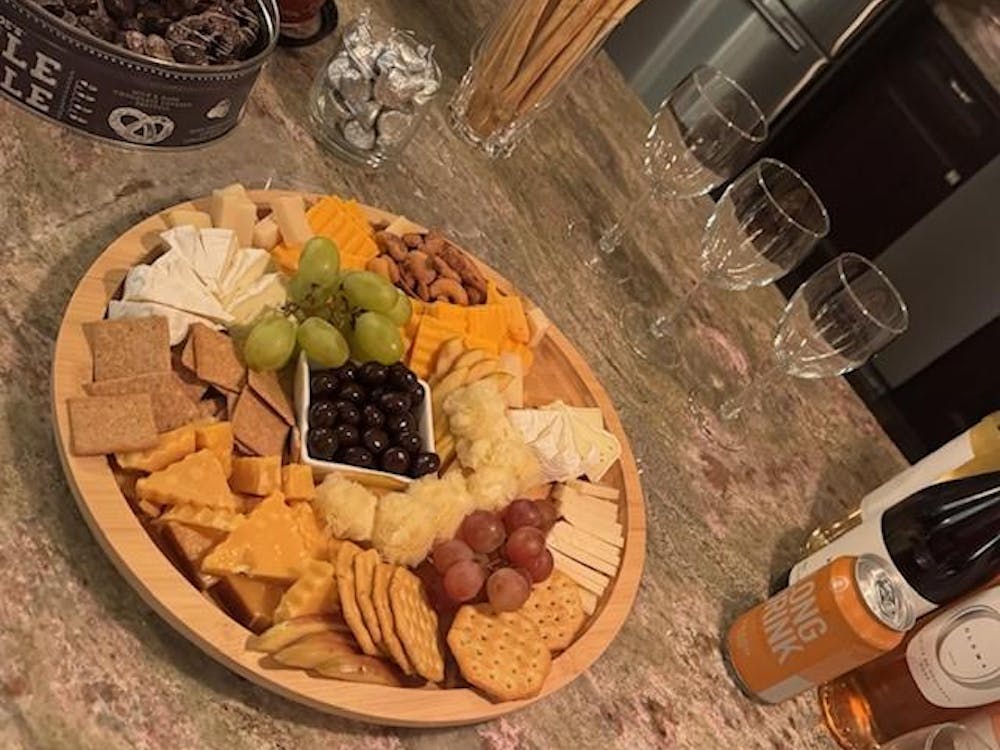By Adam Justice
Cavalier Daily Senior Writer
With sun-dried dirt smudged all over his T-shirt and khakis, Adam Vandervort painstakingly sifted the newly dug dirt.
At first it was almost unbearable, the fourth-year College student recollected. But as the weeks wore on, it wasn't so bad.
"You get used to it. You don't care if you're dirty, [and] you get to see everyone at their worst," Vandervort added.
For nearly a month, Vandervort and 13 other archaeology students excavated a Monacan Indian village just north of Charlottesville. The students are taking ANTH 381 "Field Methods in Archaeology" - field school, as it's more popularly known.
There is an Indian village in central Virginia that "we think the English knew about in Jamestown," said Jen Aultman, field supervisor and Graduate Arts and Sciences student.
"We think it's that village," she added, waving her hand in the direction of the two inconspicuous square holes covered by a dirty white tent.
While the site easily blends in with the bucolic landscape, the area was likely once a major Monacan cultural center that flourished as early as the year 850.
The excavation could be excruciatingly difficult in the humid, acidic environment, Aultman said. Consequently, interpreting findings in the field hinges on analysis in the lab.
Through the archaeology, Aultman said she hopes to find a better context of the Monacan role in early American history. Their political dynamics, both with English settlers and other Indian nations, is an important aspect of understanding Monacan culture, Aultman said.
For example, in the Monacan village, there are no European goods - evidence that the Monacans had no trade relations with their European neighbors. The archaeological site can perhaps shed some light as to why that was, Aultman said.
To reach the artifacts, the students had to dig 10 feet into the ground. Each step of the way, they catalogued various soil types. The different layers of dirt were indicative of climatic conditions at any given time in the past, second-year College student Sarah Bond said.
The excavation ended July 2, and the site was recovered. Soon, the old Indian village will again blend into the landscape - as part of a new soccer field .
Meanwhile, the students are spending the current summer session in an air-conditioned lab, making sense of what they spent so many hours digging out of the ground.






